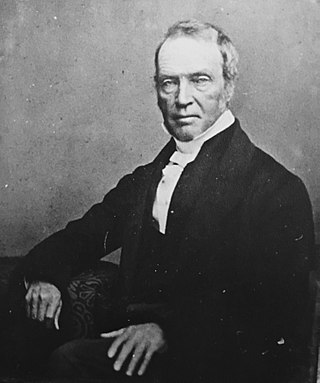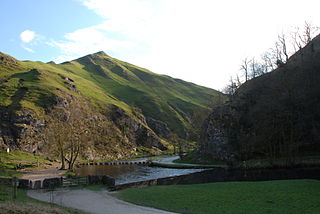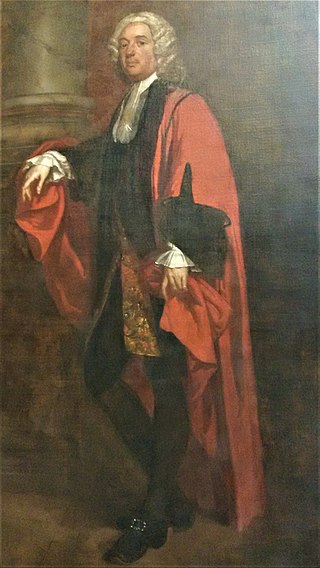Denis Caulfield Heron LL.D QC was an Irish lawyer and politician, who was Catholic Liberal MP for Tipperary, and a senior legal adviser to the British Crown. He was born in Newry, County Down, the eldest son of William Heron, a merchant, and his wife Mary Maguire of Enniskillen. He was educated at Downside Abbey, Stratton-on-the-Fosse, and proceeded to Trinity College Dublin, where he was elected a Scholar.
Thomas Snagge (1536–1593) was a Member of Parliament, barrister and landowner who served as Speaker of the English House of Commons, Attorney General for Ireland and as Queen's Sergeant.
Sir Robert Doyne (1651–1733) was an Irish barrister and politician.
This is a list of lawyers who held the rank of serjeant-at-law at the Bar of Ireland.
Nehemiah Donnellan was an Irish lawyer and judge.

Philip Tisdall SL was an Irish lawyer and politician, who held the office of Attorney-General for Ireland. He was for many years a leading figure in the Irish Government.
Henry Wilmot Ormsby PC, QC was an Irish lawyer and judge.
Thomas Goold, was a master of the Court of Chancery (Ireland). He served briefly in the Irish House of Commons and held office as Serjeant-at-law.

Richard Wilson Greene PC, KC (1791–1861) was an Irish barrister and judge.

Thomas Dowdall, also spelt Dowdale, Douedall, or Dowedall, was an Irish barrister and judge who held the office of Master of the Rolls in Ireland.
Sir John Meade, 1st Baronet (1642–1707) was an Irish barrister, judge and politician. He was the first of the Meade Baronets of Balintubber, and an ancestor of the Earls of Clanwilliam. He was unusual among the lawyers of his time for his lack of ambition to become a judge of the High Court, despite being generally regarded as a barrister of "excellent parts (qualities)". In matters of religion, he seems to have been, by the standards of his time, a man of very tolerant views: although he was himself a Protestant, he damaged his career by marrying Elizabeth Butler, who was a Roman Catholic, as his third wife.
Thomas Staunton was an Irish lawyer and a member of both the Irish and British Parliaments.
Robert Saunders (c.1650–1708) was an Irish landowner, barrister and politician. He sat in the Irish House of Commons as MP for Cavan, and was the Irish Prime Serjeant-at-law. Unusually, his youngest son, Morley Saunders, also held the office of Prime Serjeant. Robert was one of the founders of the village of Swanlinbar, County Cavan, which is partially named after him, according to Jonathan Swift, who states that "an" represents the "aund" in "Saunders".

Sir James Chatterton, 1st Baronet, was an Irish lawyer and politician, and the first of the Chatterton Baronets of Castle Mahon.

Eaton Stannard (1685–1755) was a leading politician and lawyer in eighteenth-century Ireland. He was a popular Recorder of Dublin, a very unpopular serjeant-at-law (Ireland), and an experienced parliamentarian who represented Midleton in the Irish House of Commons for many years. He is mainly remembered now as a close friend of Jonathan Swift, whose last known letter was written to him.
Maurice Coppinger was an Irish barrister and politician, who sat in the Irish House of Commons for many years, and held the office of King's Serjeant. His name is commemorated in Coppinger Row, a side street in central Dublin city; his townhouse was on South William Street nearby.
Thomas Burton Vandeleur was an Irish barrister and judge.
David Sherlock was an Irish Liberal Party and Home Rule League politician. He was also a successful barrister and Law Officer.

Richard Bettesworth (1689-1741) was an Irish politician, Law Officer and barrister of the early eighteenth century. He was a quarrelsome individual, and his list of enemies included Jonathan Swift, the publisher George Faulkner and Josiah Hort, Bishop of Kilmore and future Archbishop of Tuam.
William Curry, or Corry (1784-1843) was an Irish politician, barrister and Law Officer. He sat in the House of Commons of the United Kingdom and was Serjeant-at-law (Ireland).